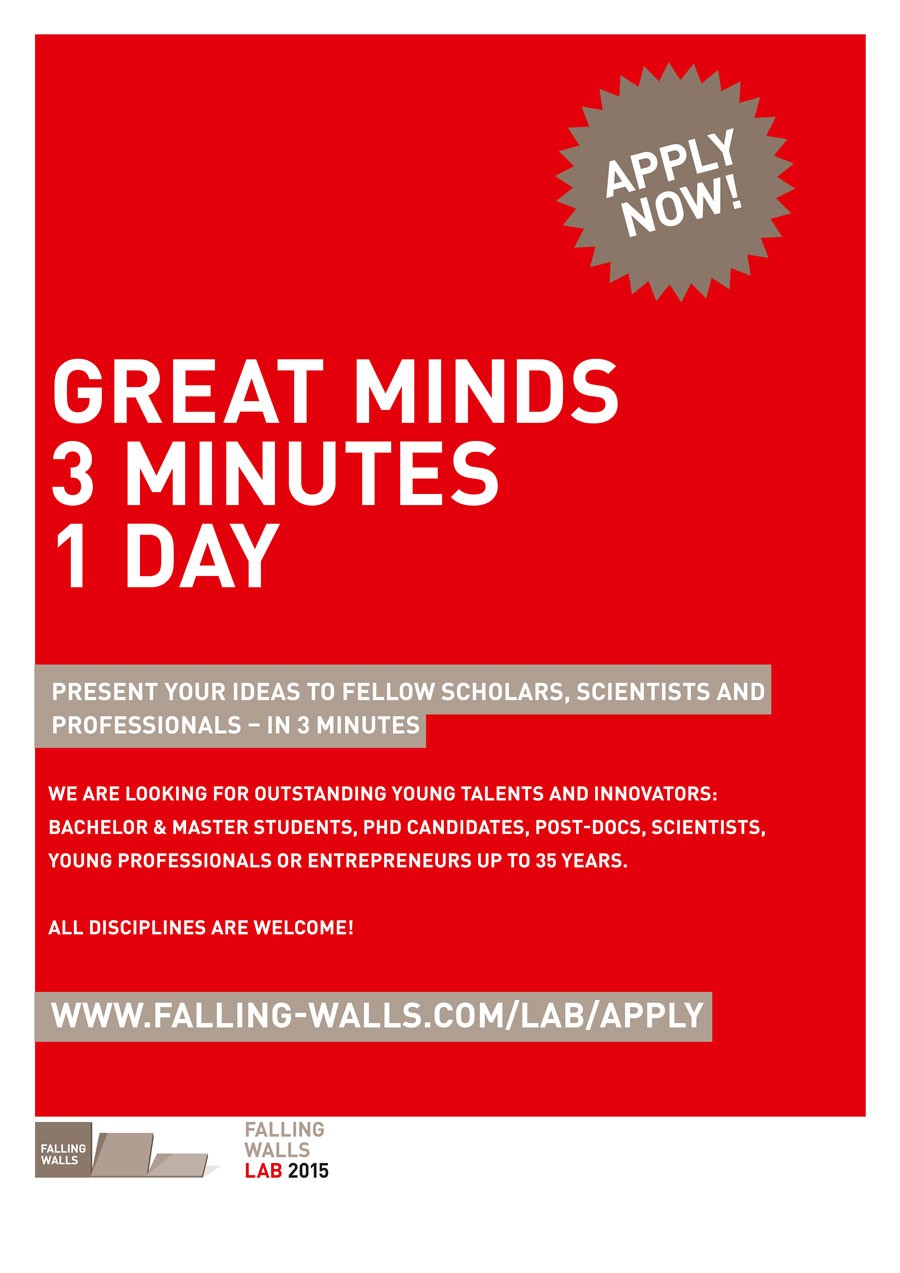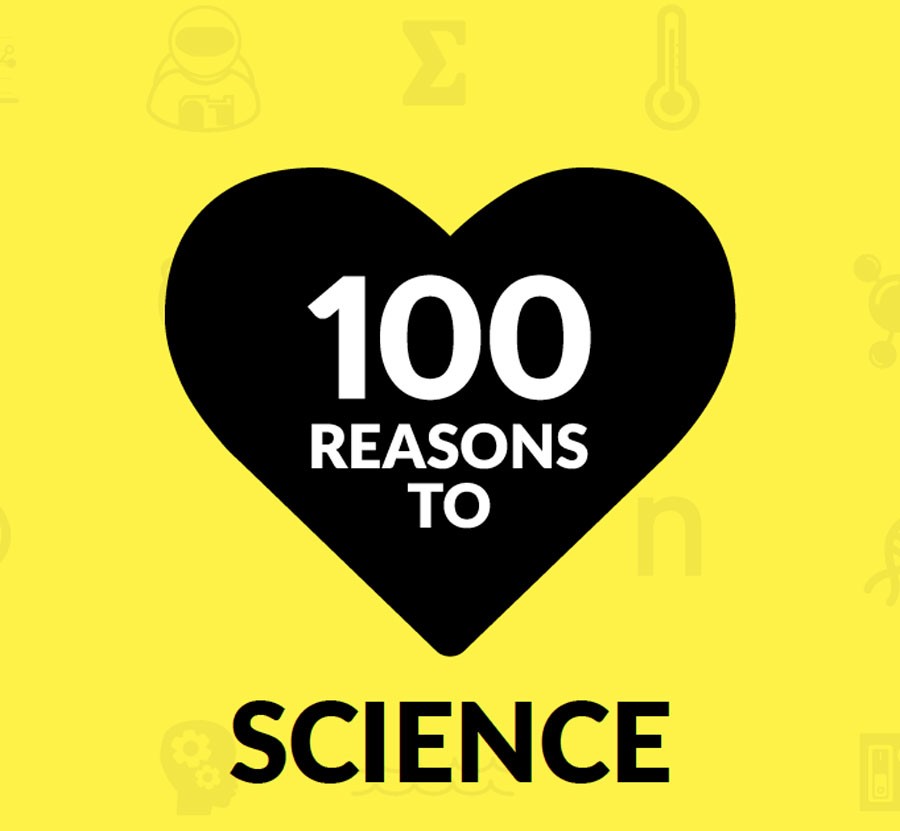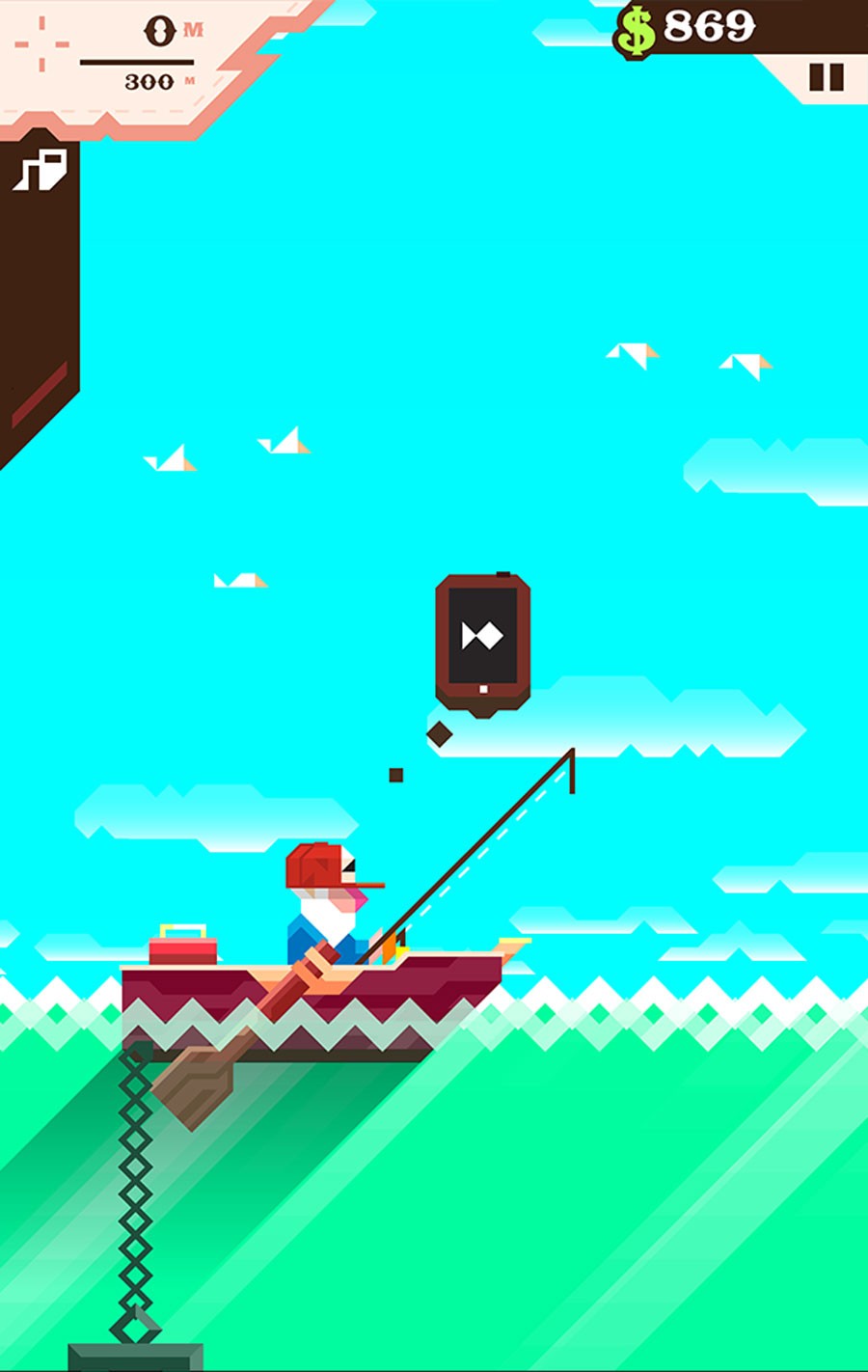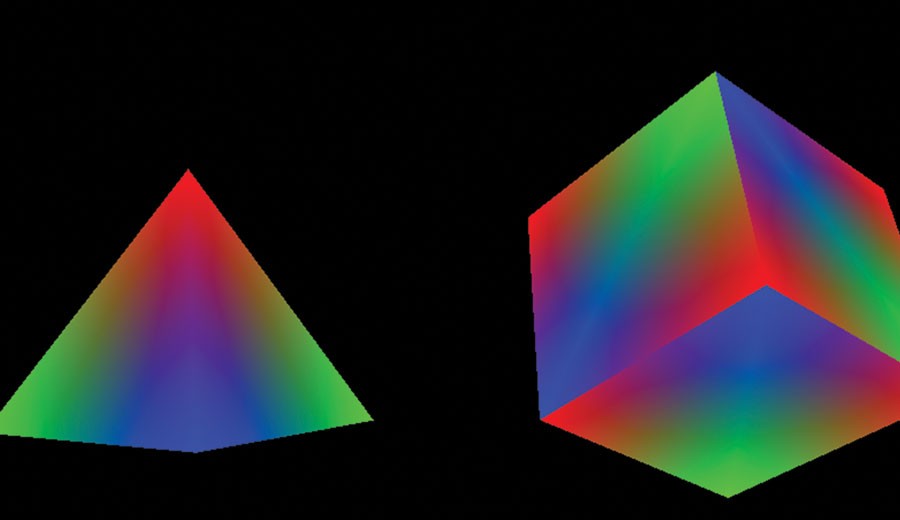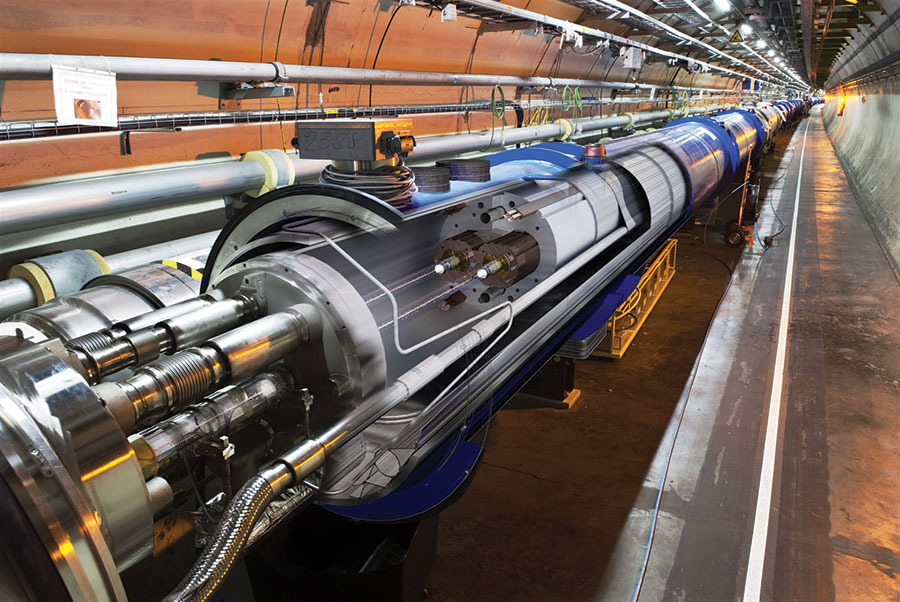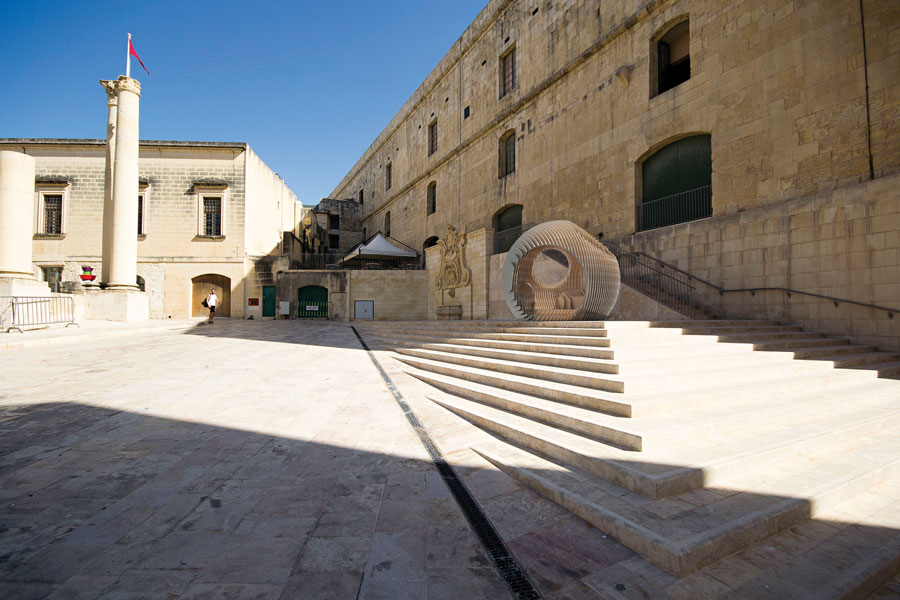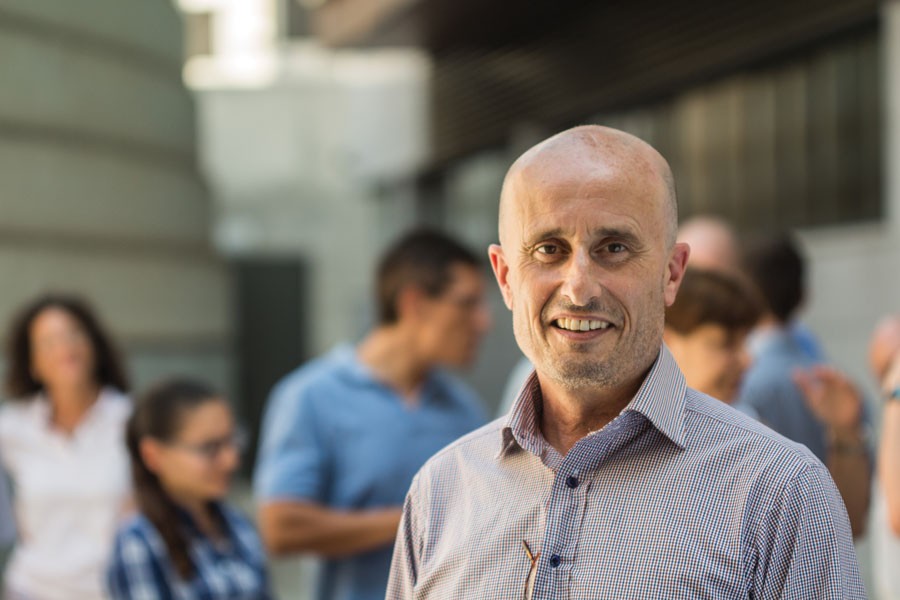The Science Issue: 100 reasons to love science
Science is everywhere. Understand science and you will see the world differently. The sun becomes a giant nuclear reactor full of beautiful equations keeping us alive, while Facebook can be transformed into maths that describes you and your friends. Whilst the most amazing scientific phenomena are happening inside you right now.
Ridiculous Fishing & LUFTRAUSERS
Ironically, the most popular story about Ridiculous Fishing concerns the clone that copied its core idea. Game cloning, albeit with different graphics, is unfortunately common practice in the mobile games market. Vlambeer were hit hard when a replica of their game was released before the genuine article. Their struggle with Ridiculous Fishing reflected the whole industry’s difficulties: creativity and originality are not always respected. The questions it raised propelled the game’s credibility, but best of all: Ridiculous Fishing is a brilliant piece of design.
Its premises are, indeed, ridiculous: fishing and shooting are combined in one frantic move. You’re an apparently tranquil fisherman that has to make their bait go as deep into the sea as possible while avoiding every obstacle. When you pull it up and fetch your catch, it will subsequently be propelled in the air. At that point, of course, you finish the job by dispatching your catch with miniguns.
This is Vlambeer’s unconventional design style: a deconstruction of old school game genres, namely the classic shoot’em up, where classic tropes are neglected in favor of bizarre game situations. Dribbling through obstacles is reminiscent of 80’s arcade games, while shooting flying targets refers to Nintendo’s classic Duck Hunt. These elements are brilliantly adapted to touchscreen devices, creating a game that is both immediate and deep: the qualities every mobile game wishes to have.
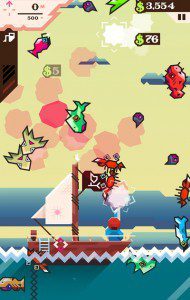
The same ideas inspired LUFTRAUSERS, another take on the shoot’em up genre with a Vlambeer twist. The game presentation is classic: your little fighting jet is pit against hordes of enemies, including powerful battleships. But rather than taking them on one by one, you’ll left to freely roam the skies. You’ll shift from chasing them to running away. Your mission is a matter of endurance, but in the end you will be shot down.
Despite this harsh challenge, LUFTRAUSERS feels free and open. The jet is a joy to control, as the plane can just float around or free fall. In typical Vlambeer fashion, the power ups are much more than simple add-ons, but allow new game possibilities. For example, they can create a slow but tough jet, allowing your jet to perform (and survive) kamikaze attacks. On the other hand, the plane can be made lighter and faster, changing the game into a speed run.
With Ridiculous Fishing and LUFTRAUSERS, the Vlambeer team perfected a design style that mixes over the top ideas with classic elements. The games’ best qualities are probably their ease to learn and play, yet being surprisingly deep. Simple concepts are explored through minimal variations that reveal new possibilities and a well-balanced discovery path for the player.
Ridiculous Fishing
Platforms: iOS (version tested), Android
Developer: Vlambeer
LUFTRAUSERS
Platforms: Microsoft Windows, OS X, Linux, PlayStation 3, PlayStation Vita (version tested), Android
Typing with no hands. Just brain signals.
By Charlene Chetcuti
Controlling technology using just your brain is no longer science fiction. It forms part of an ever-growing research area known as Brain-Computer Interfaces (BCI). BCI interprets brain signals in order to determine a person’s intention. This allows them to control anything from a robotic arm to a computer application without having to move a muscle. Electrodes are placed on a person’s scalp to detect brain activity. The electrical signals are filtered and processed to determine a person’s intent.
Tesla: Inventor of the electric age
Nikola Tesla is everywhere. We have Tesla AC power generation and supply, remotely operated vehicles, and he inspired radio and wireless power. In this book historian W. Bernard Carlson meticulously goes through the thought processes of how Tesla came up with these inventions, but also examines his great failures and repeated dips into depression.
Gaming on your smartphone
Crash Testing: the Largest Experiment on Earth
 Under Europe lies a 27 km tunnel that is both the coldest and hottest place on Earth. The Large Hadron Collider (LHC) has already found out what gives mass to all the matter in the Universe. It is now trying to go even deeper into what makes up everything we see around us. Dr Marija Cauchi writes about her research that helped protect this atom smasher from itself. Photography by Jean Claude Vancell.
Under Europe lies a 27 km tunnel that is both the coldest and hottest place on Earth. The Large Hadron Collider (LHC) has already found out what gives mass to all the matter in the Universe. It is now trying to go even deeper into what makes up everything we see around us. Dr Marija Cauchi writes about her research that helped protect this atom smasher from itself. Photography by Jean Claude Vancell.
Il-Boċċa
Come relax in Il-Boċċa, a playful wooden sphere created with cutting-edge design tools. Its shape helps reduce the structure’s scale. Valletta has grand buildings with narrow streets that cannot handle large structures.
Float
FLOAT was an interactive exhibition that explored light. The exhibition was launched as a one-off event of lit installations spread over the floors of the Faculty for the Built Environment (University of Malta) on the evening of 3 July 2015. The exhibition had aerial walkways, floating rooms, colour bursts, and cityscapes captured in panes of glass.
A Faculty Reborn
During the mid-1970s, the Faculties of Science and Arts were closed down, and the Bachelor programmes phased out. Most of the foreign (mainly British) academics left Malta, as did some Maltese colleagues. Those few who stayed were assigned teaching duties at the newly established Faculty of Education and Faculty of Engineering. Relatively little research took place, except when funds were unneccessary, and it is thanks to these few that scientific publications kept trickling out.
In 1987, the Faculties of Arts and Science were reconstituted. The Faculty of Science had four ‘divisions’ which became the Departments of Biology, Chemistry, Physics, and Mathematics. In the same year, I returned from the UK to join the Faculty.
Things gradually improved as more staff and students joined. However, equipment was either obsolete or beyond repair. The B.Sc. (Bachelor of Science) course was re-launched with an evening course. Faculty members worked flat out in very poor conditions. The Physics and Mathematics building was still shared with Engineering. Despite these problems, we had a Faculty and identity. Nevertheless, we wanted our courses to be of international repute—our guiding principle.
During the 1990s, yearly budgets had improved slightly along with experimental facilities. Computers and the occasional capital investment helped immensely. Research output increased, as did student numbers, while postgraduate Masters and Ph.D. students started to appear.
Since 2005, some faculty members have been working hard to secure European Regional Development Funds (ERDF) by submitting proposals to reinforce our research infrastructure. A total of six projects were approved with a combined budget of nearly €5 million. This has resulted in new, state of the art research facilities and an exponential increase in research output, bolstered by additional academic staff and research student numbers of close to 80.
Students are now organised and active through S-Cubed, the Science Students’ Society. This leading organisation is one of the three faculty pillars: the academic and support staff, and the student body. Together, we have made giant strides and the future looks bright.
Special thanks to Prof. Stanley Fiorini who helped us compile our timeline, aided by Prof. Josef Lauri.

